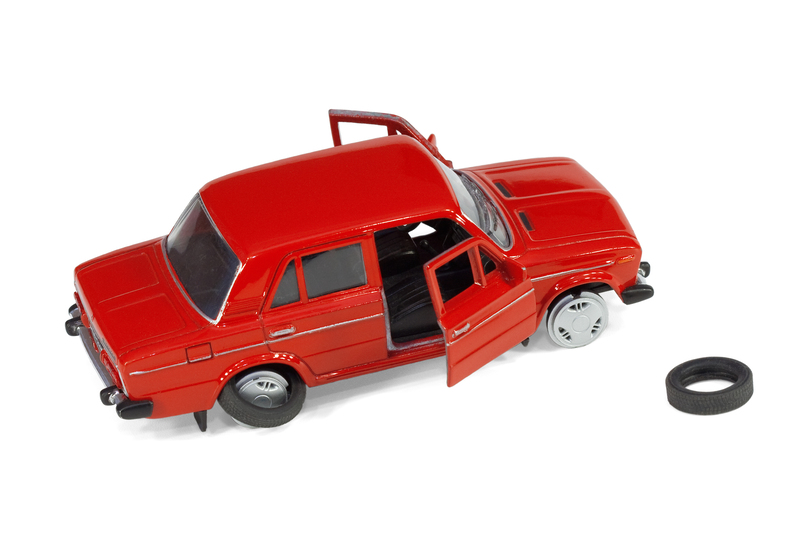Posted on 18/02/2025
Efficient Metal Waste Disposal Methods
Efficient metal waste disposal methods are becoming increasingly important as industries and households generate vast amounts of metal waste. Understanding the best practices for metal waste disposal not only helps in resource management but also contributes to environmental conservation. In this article, we will explore various efficient methods for metal waste disposal.
Recycling: The Most Effective Method
Recycling is arguably the most effective and environmentally-friendly method of metal waste disposal. Metals such as aluminum, steel, copper, and iron can be recycled with minimal degradation in quality. Here are the steps involved in the recycling process:
- Collection: The first step involves collecting scrap metal from various sources, including households, industries, and construction sites.
- Sorting: The collected metal is then sorted into different categories based on types and quality. Magnetic methods are often used to separate ferrous metals from non-ferrous metals.
- Processing: The sorted metal is then shredded and melted. This allows for easier handling and purification.
- Purification: Various methods like electrolysis and chemical baths are used to purify the melted metal.
- Solidification: The purified metal is then cast into sheets, bars, or other forms and sent to manufacturers for reuse.

Reusing Metal Waste
Before considering recycling, it is essential to explore the possibility of reusing metal waste. Reusing involves finding new applications for discarded metal items, thereby extending their life span. For instance:
- Old metal cans can be repurposed for storage or as plant pots.
- Scrap metal from construction sites can be used for new construction projects or art installations.
- Industrial waste metal can be refurbished and used in the manufacturing of new products.
Landfilling: A Last Resort
Landfilling is generally considered the last resort for metal waste disposal due to its environmental implications. When metal waste is placed in landfills, it can take hundreds of years to decompose. Moreover, metals can leach toxic substances into the soil and groundwater, causing pollution. However, when recycling and reusing are not feasible, landfilling is used with strict regulations to minimize environmental impact.
Incineration: Limited Applicability
Incineration is another method of waste disposal but is not commonly employed for metals due to their high melting points and potential to release harmful emissions during burning. However, incineration is sometimes used to treat mixed waste containing minor quantities of metals. Specialized incineration plants are equipped to handle these conditions and are designed to capture and filter pollutants effectively.
Pyrolysis and Gasification: Innovative Techniques
Pyrolysis and gasification are emerging as innovative solutions for metal waste disposal. These methods involve the thermal decomposition of waste materials at high temperatures in an oxygen-free or limited-oxygen environment.
- Pyrolysis: In pyrolysis, waste materials are subjected to extreme temperatures in the absence of oxygen, resulting in the breakdown of complex substances. The by-products include oil, gas, and char, which can be used as fuels or in other applications.
- Gasification: Similar to pyrolysis, gasification involves the partial combustion of waste materials, producing syngas (a mixture of hydrogen and carbon monoxide), which can be utilized for power generation or as a chemical feedstock.
Eco-friendly Solvents and Bioleaching
Another advanced method of metal waste disposal is the use of eco-friendly solvents and bioleaching. Eco-friendly solvents are specially designed to dissolve metals without harming the environment. Bioleaching employs microorganisms to leach out metals from waste materials. These methods are particularly useful for extracting valuable metals from electronic waste and mine tailings.

Workshops and Community Programs
Efficient metal waste disposal can be promoted through workshops and community programs. These initiatives educate people on the importance of proper metal waste disposal and encourage them to adopt sustainable practices. Workshops can teach individuals how to sort and recycle metal waste, while community programs can organize collection drives and provide resources for safe disposal.
Conclusion
Efficient metal waste disposal methods are crucial for sustainable development and environmental protection. Recycling remains the most effective method, while reusing extends the lifecycle of metal items. Although landfilling and incineration have limited applicability, they serve as last-resort options. Emerging techniques like pyrolysis, gasification, eco-friendly solvents, and bioleaching offer promising solutions for metal waste management. Additionally, workshops and community programs play a vital role in promoting awareness and encouraging sustainable practices. By adopting these methods, we can ensure the efficient disposal of metal waste, thereby conserving natural resources and reducing environmental impact.
Latest Posts
Tips for Proper Disposal of Regular Waste
Garbage Cleanup Bags - Efficient Skip Substitute

































 Get a Quote
Get a Quote